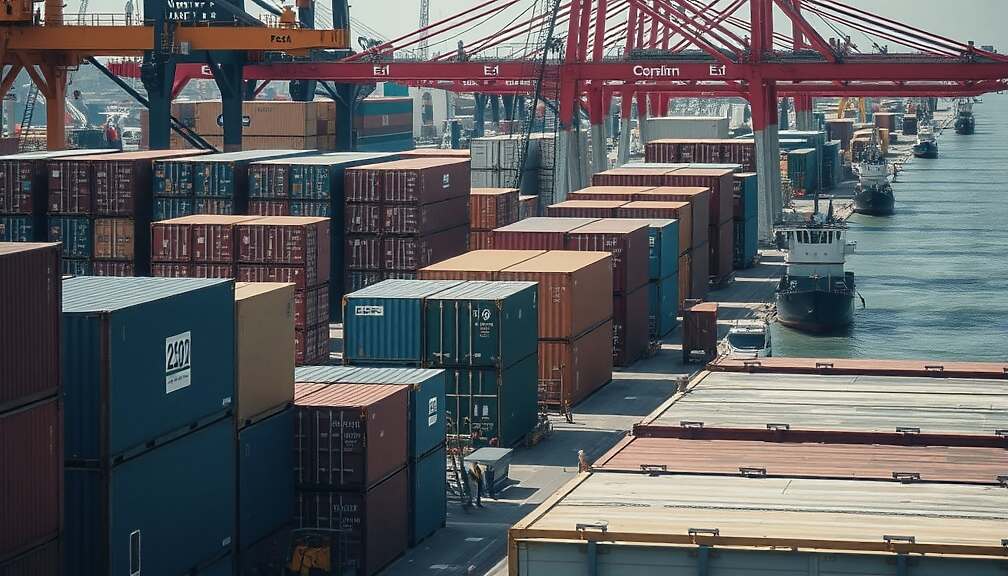Germany’s trade surplus is shrinking, raising concerns about the health of Europe’s largest economy and its reliance on global demand. Provisional data released by the Federal Statistical Office (Destatis) revealed a notable slowdown in export activity during August 2025, coupled with a persistent rise in imports. Calender- and seasonally adjusted exports declined by 0.5% compared to July 2025, while imports dropped by 1.3%. Year-on-year, these figures paint a more concerning picture, with exports down 0.7% and imports rising by a significant 3.5%.
The August 2025 trade balance recorded a surplus of €17.2 billion, a marked decrease from the €21.9 billion surplus registered in the same period last year and a softening from the €16.3 billion recorded in July 2025. While still positive, the persistent downward trend in the surplus highlights a potential shift in the German economic landscape.
The decline isn’t uniformly distributed across trading partners. Exports to the United States, historically a crucial market for German goods, are experiencing a worrying slump. August 2025 saw exports to the US drop by 2.5% compared to July, reaching €10.9 billion – the lowest figure since November 2021. More alarmingly, year-on-year exports to the US plummeted by a substantial 20.1%, reflecting broader anxieties regarding the strength of the American market and potential trade tensions. While a 5.4% rise in exports to China offers a glimmer of hope, it doesn’t fully offset the negative impact of US weakness. Exports to the UK also declined, dropping 6.5% month-on-month.
The structure of German imports is also shifting. While China remains the primary source of imports, with goods valued at €13.5 billion entering the country, a 4.5% decline from the previous month suggests a potential cooling in Chinese demand. Imports from the US, however, saw a 3.4% increase, raising questions about the nature of trade dynamics and the potential for further imbalances.
Interestingly, exports to Russia, despite ongoing political considerations, rose sharply by 53.5% in August compared to July and 31.8% year-on-year. This unexpected surge contrasts with declining imports from Russia, suggesting a recalibration of trade relationships that warrants closer scrutiny from policymakers and sanctions observers.
Nominal figures, which aren’t adjusted for seasonal influences, reveal an even more somber picture, showing a 3.9% drop in exports and a 1.0% increase in imports year-on-year, resulting in a reduced trade surplus of €12.8 billion compared to €18.4 billion in August 2024.
The declining export performance, coupled with rising imports, raises concerns about Germany’s dependence on foreign demand and its vulnerability to fluctuations in the global economy. The persistent weakness in the US market, coupled with the ongoing challenges in other key export destinations, necessitates a reassessment of Germany’s trade strategy and a focus on diversifying markets and bolstering domestic demand.












